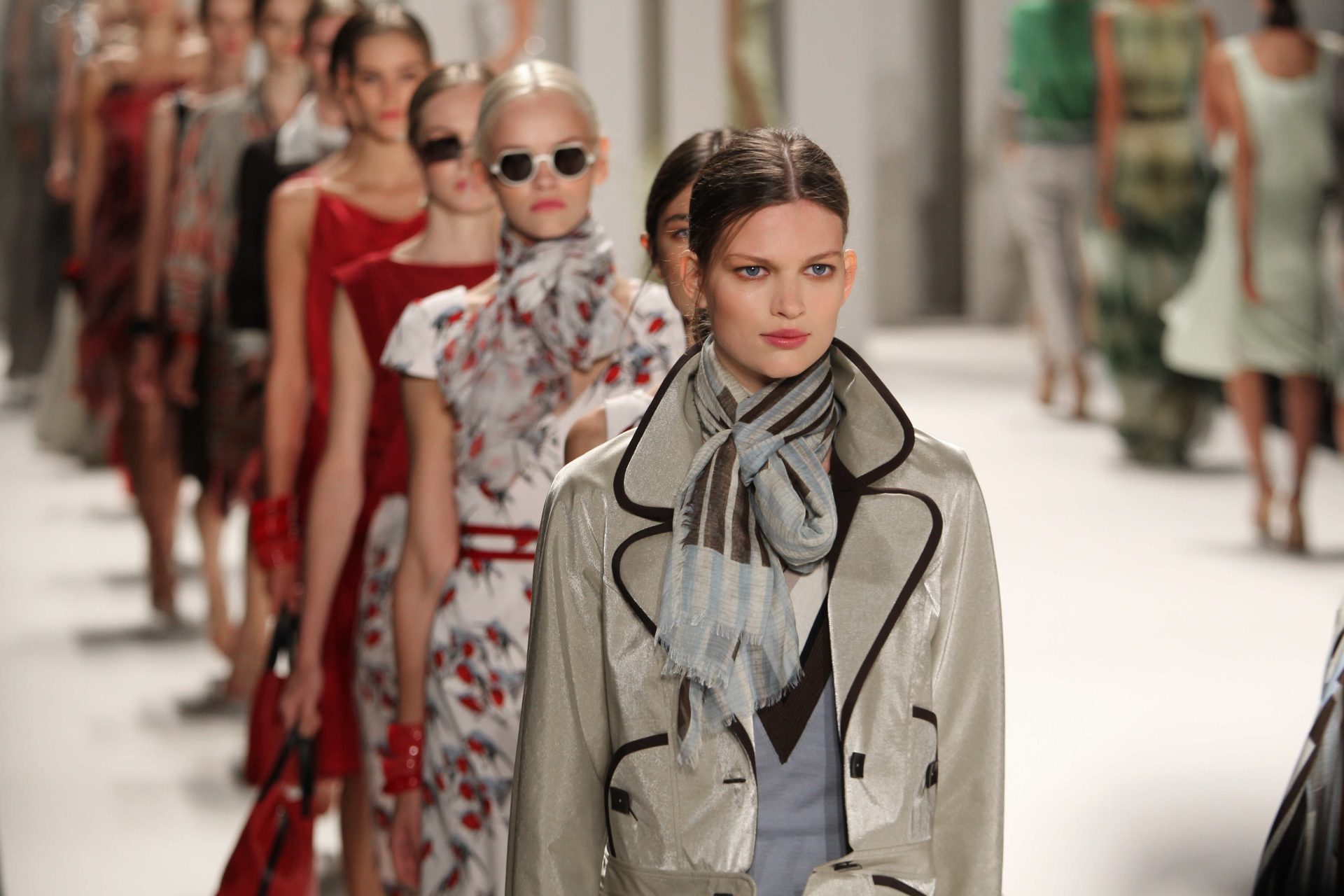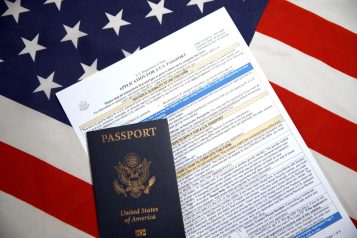The fashion industry thrives on innovation and creativity in today’s fast-paced and interconnected world. Designers continuously push the boundaries of aesthetics, crafting unique and captivating clothing, accessories, and footwear. However, with this surge of originality comes the need to safeguard designers’ intellectual property (IP) rights, ensuring their creative endeavors are protected from unauthorized imitation and replication.

The Intersection of Fashion and Intellectual Property
Intellectual property encompasses the legal rights safeguarding creators’ intangible assets, such as inventions, literary and artistic works, and symbols. Intellectual property plays a pivotal role in preserving designers’ original designs, patterns, and concepts in fashion. Protecting creative works is essential for designers seeking to establish their brand identity and maintain a competitive edge.
Types of Intellectual Property Protection
Designers have a variety of legal means at their disposal to protect their creativity:
Copyrights: Copyright protection applies to original artistic and literary works. In fashion, this covers original textile patterns, fabric designs, and artistic designs applied to garments. While copyright does not extend to functional aspects of clothing, it provides a shield against the exact replication of non-functional creative elements.
Trademarks: Trademarks are crucial for building brand identity and recognition. Designers can trademark their brand names, logos, and symbols, creating a strong association between their creations and their brand. This protection prevents others from using confusingly similar marks that could lead to consumer confusion.
Patents: While not commonly used in fashion, patents can protect novel and non-obvious functional aspects of fashion items, such as innovative closures or manufacturing processes. However, obtaining a fashion-related patent can be complex due to the requirement of meeting specific criteria for patentability.
Trade Dress: Trade dress protection extends to the distinctive visual appearance of a product or its packaging. In fashion, this can encompass the unique and recognizable look of a store’s interior, packaging, or even the design of a specific type of clothing.
Trade Secrets: While not traditional intellectual property protection, trade secrets involve keeping certain aspects of a design or manufacturing process confidential. This approach is beneficial when protection is sought for elements not qualifying for formal IP protection.
Challenges and Considerations
The fashion industry’s dynamic and ever-evolving nature presents unique challenges regarding intellectual property protection. Fast fashion, for instance, poses a significant threat as it often involves copying designs and producing cheap replicas in a matter of weeks. This rapid pace makes it difficult for designers to rely solely on traditional legal means for protection.
Additionally, “inspiration” versus “infringement” is a gray area in fashion. Designers often draw inspiration from various sources, but when does inspiration cross the line into plagiarism? Courts have grappled with this question, often relying on nuanced legal interpretations to differentiate between protected designs and those that infringe on existing IP rights.


















